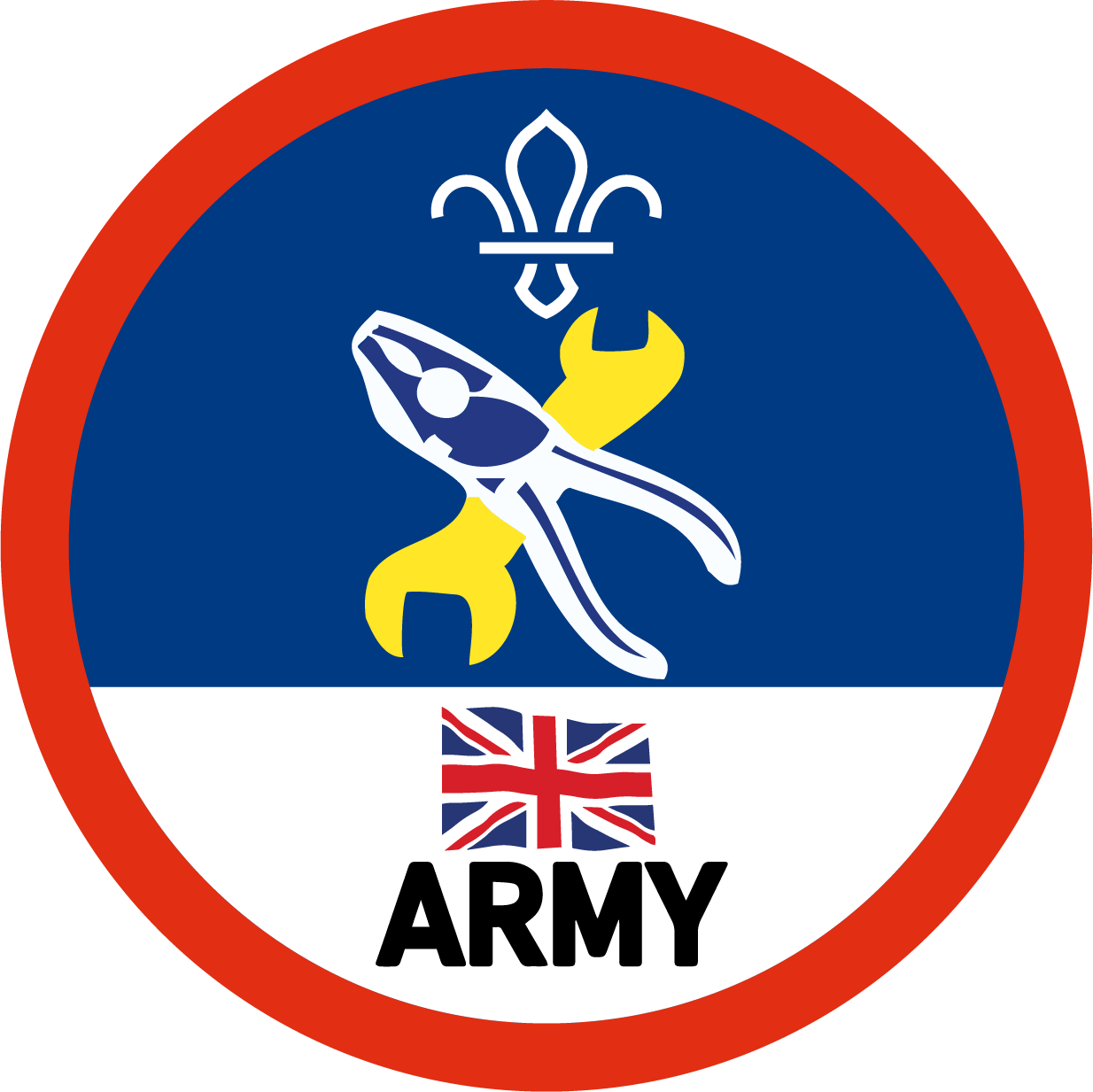
Team transformers (car)
You’ll need
- Scissors
Before you begin
- Cut out the 'Transformer cards (car)'.
Time to transform
- The person leading the game should hand out the cards.
- Everyone should read their card to find out their vehicle part, what the part does, and some suggestions about how they could act it out.
- Everyone should work together to position themselves as though they’re one big vehicle. Some parts need to go together – it tells people on the cards if they need to be next to or near someone else.
- Once everyone’s in position, the person leading the game should let them know it’s time to transform.
- Everyone should begin acting out their vehicle part – it could involve making noise, doing actions, or both.
- Once the chaos has died down, everyone should take it in turns to show off their action and explain their part. They should tell everyone what it’s called and read the description from the card.
To watch in full screen, double click the video
Reflection
This activity was all about developing skills. Many people travel in vehicles a lot – does anyone use them every day? Did people know how cars worked before they started this activity? Why is it useful to understand why things work? It can help people to use them more effectively; it may also help them to maintain and fix them, keeping them safe and saving them money.
A great vehicle works like a great team with lots of parts (big and small) doing their own jobs. How did people communicate with each other in this game? Some car parts are big and obvious, while others are smaller and hidden away. However big they are, if parts were removed or broken, it’s likely the vehicle would stop moving. How did people share information about their part? How else could they teach someone about how vehicles work?
Safety
All activities must be safely managed. You must complete a thorough risk assessment and take appropriate steps to reduce risk. Use the safety checklist to help you plan and risk assess your activity. Always get approval for the activity, and have suitable supervision and an InTouch process.
- Scissors
Supervise young people appropriately when they’re using scissors. Store all sharp objects securely, out of the reach of young people.
- Active games
The game area should be free of hazards. Explain the rules of the game clearly and have a clear way to communicate that the game must stop when needed. Take a look at our guidance on running active games safely.
- Contact games and activities
Make sure everyone understands what contact is acceptable, and monitor contact throughout the activity.
- Rather than announcing their part and reading the card, people could welcome guesses about what their part is called and what it does. How many car parts do people already know about?
- You don’t have to give the whole cards out – you could remove the descriptions, the action hints, or even both. Different groups could choose a different level of challenge.
- People can work together for lots of the parts – the person leading the game could help people get into helpful groups.
- People can adapt the actions to suit them – there are plenty of noisy options, too.
- If anyone finds the noise a bit much, you could create a silent car (or they could use something like ear defenders). Perhaps it would be more manageable for people to make noises one at a time, but not all together.
- Anyone who doesn’t want to be touched (or touch others) should be able to say so. They should play a role where this can be respected.
- Anyone who finds reading tricky could work in a group with a more confident reader.
All Scout activities should be inclusive and accessible.
This activity’s just a small taster of the topics covered in the Scouts Mechanic Activity Badge. Encourage anyone who really enjoyed this activity to give the badge a go. You can find more activities and information in partnership with The British Army here.
